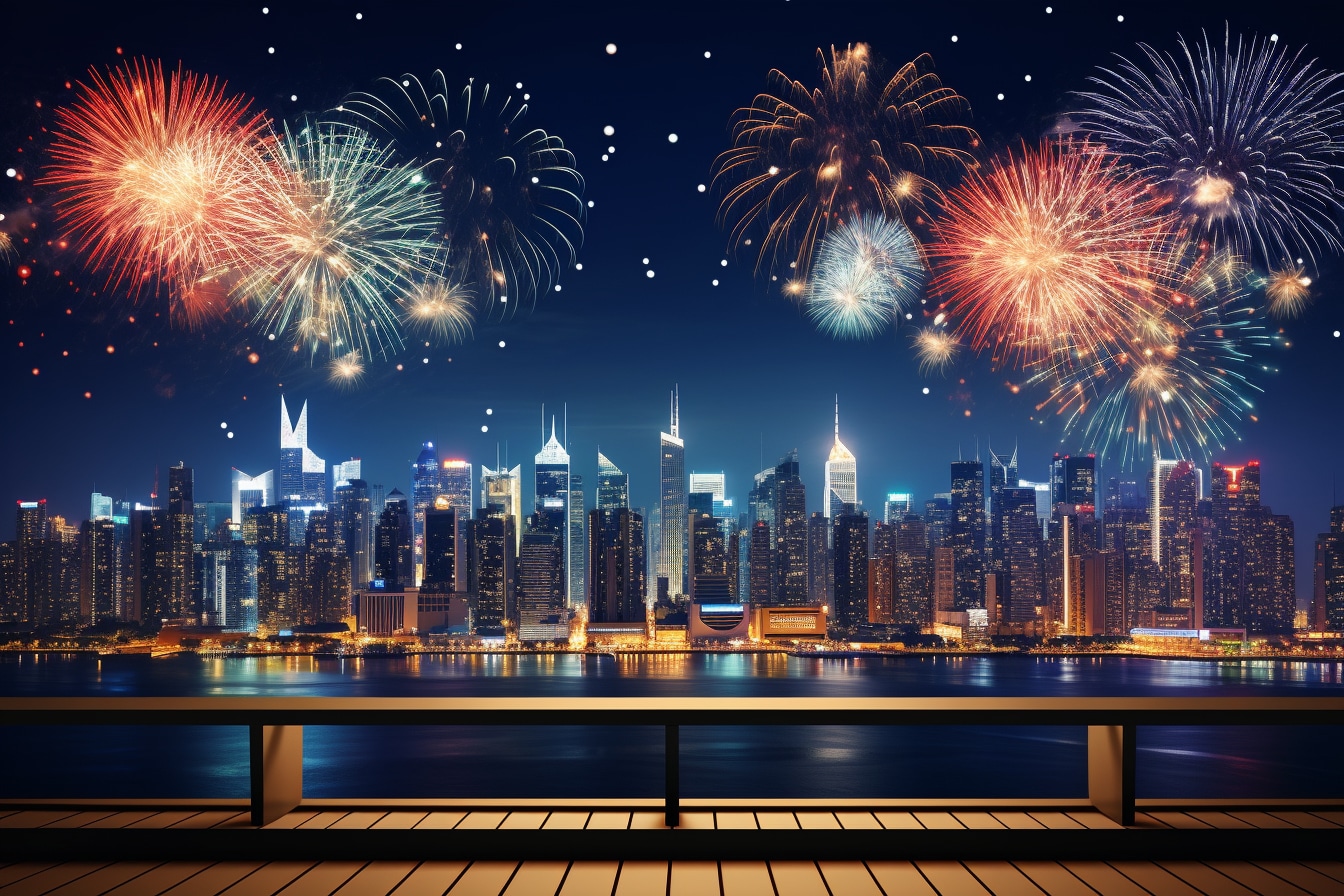There are a number of tools and methods available for creating images using artificial intelligence. The creation of images with the intervention of AI is a source of ethical questions. Legality is also an issue that comes up frequently, particularly when it comes to copyright and the use of personal data. Discover how AI generates images while allowing users to explore new styles. It also makes it possible to automate certain creative tasks.
The impact of the rise of artificial intelligence on image creation
The rise of artificial intelligence has had an astonishing impact on image creation. Numerous creative perspectives have emerged. The techniques deployed by AI enable realistic images to be generated from databases. Depending on its programming, AI can learn from a wide variety of data sets. It reproduces patterns, textures and details with great precision.
It can adapt to the evolution of different systems. AI makes it possible to automate certain creative design tasks. It can automatically create landscapes, objects and even faces. This saves visual content creators a lot of time. Designers are free to explore new horizons thanks to AI.
Artificial intelligence offers new ways of interacting with images. It’s easier to search for similar content and modify certain details in real time. The opportunities for visual creation have increased.
The different technologies for generating images using artificial intelligence
There are two types of technology for generating images using artificial intelligence. Image generation based on generative adversarial neural networks (GANs) and image generation based on convolutional neural networks (CNNs).
Antagonistic generative neural networks GAN
GANs (Generative Adversarial Networks) are so-called deep neural networks. They consist of two parts. The generator section produces synthetic images using random noise. The discriminator section distinguishes between images produced by the generator and real images downloaded from the Web. The aim of the generator is to gain skills to mislead the discriminator. In this way, contrasting the two parts of the GAN results in increasingly realistic visual content.
Convolutional neural networks (CNN)
CNNs (Convolutional Neural Networks) are specialized in image classification, but also in image generation. Convolutional neural networks are trained on real images. They are modified to create new images via residual blocks, normalization layers or transposed layers.
The AI image creation process
Several stages characterize the generation of visual content. The first is to collect training data. Indeed, AI needs to have a fairly diverse pool of data to train itself to produce content. In general, this pool is made up of images that already exist. A great deal of in-depth work is carried out by the AI programmers upstream.
The choice of AI model depends essentially on the programmers’ objectives. They choose between antagonistic generative neural networks (AGNs) and convolutional neural networks (CNNs). As mentioned above, these are the two most common architectures.
Once the model has been selected, the AI needs to be trained so that designers can fine-tune the various parameters. It is evaluated for its ability to produce quality visual content. Evaluation metrics are used as benchmarks. Adjustments are made throughout the process to improve AI performance.
Once the model has been sufficiently tested, it is considered fit for service. Users can then engage the services of AI to produce visual content. They inform a specific input: random noise, text prompt, etc. The AI uses what it has learned to produce the image the user is looking for. Filters can be applied to precisely define certain characteristics of the images generated.
Artificial intelligence is progressing day by day. Its impact on image creation is constantly evolving. In fact, further research is helping to improve the quality and fidelity of the visual content produced by AI. It offers designers immeasurable creative potential. Artistic expression takes on new forms. This is yet another source of opportunities for SEO (Search Engine Optimization) experts. These SEO specialists work to improve the search engine positioning of editorial content. This is a very time-consuming task, to which can be added the search for visual content. With AI, time savings are optimal.




